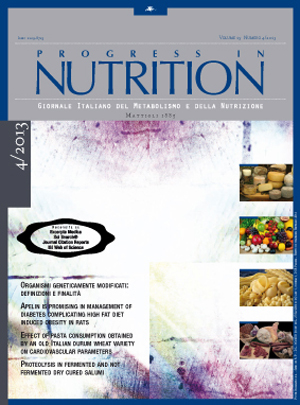Influence of kaempferol on lipid metabolic changes in streptozotocin-induced diabetic rats
Keywords:
Diabetes, STZ, dyslipidemia, triglyceride, free fatty acid, phospholipids, kaepmferolAbstract
Diabetes mellitus is associated with dyslipidemia, which is a significant risk factor for cardiovascular complications. This study was designed to investigate the effect of kaempferol on plasma and tissues lipid profiles in streptozotocin-induced diabetic rats. Diabetes was induced in adult male albino rats of the Wistar strain, weighing 180–200 g, by administration of streptozotocin (STZ) (40 mg/kg of body weight) intraperitoneally. The increased levels of plasma glucose and decreased levels of insulin were observed in diabetic rats and treatment with kaempferol significantly decreased the plasma glucose and increased the insulin levels towards normalcy. The levels of total cholesterol, triglycerides, free fatty acids and phospholipids were assayed in the plasma and tissues (liver, kidney and heart) besides lipoprotein-cholesterol (high density lipoprotein-cholesterol (HDL-C), low density lipoprotein-cholesterol (LDL-C) and very low density lipoprotein-cholesterol (VLDL-C)) were assayed in plasma. Total cholesterol, triglyceride, free fatty acid and phospholipid (LDL-C and VLDL-C in plasma only) levels significantly were increased in plasma and tissues, while plasma HDL-cholesterol significantly decreased in diabetic rats. Treatment with kaempferol prevented the above changes and improved towards normalcy. These results indicate that kaempferol can potentially ameliorate lipid abnormalities related to the risk of diabetes mellitus.Downloads
Published
Issue
Section
License
This is an Open Access article distributed under the terms of the Creative Commons Attribution License (https://creativecommons.org/licenses/by-nc/4.0) which permits unrestricted use, distribution, and reproduction in any medium, provided the original work is properly cited.
Transfer of Copyright and Permission to Reproduce Parts of Published Papers.
Authors retain the copyright for their published work. No formal permission will be required to reproduce parts (tables or illustrations) of published papers, provided the source is quoted appropriately and reproduction has no commercial intent. Reproductions with commercial intent will require written permission and payment of royalties.

This work is licensed under a Creative Commons Attribution-NonCommercial 4.0 International License.


